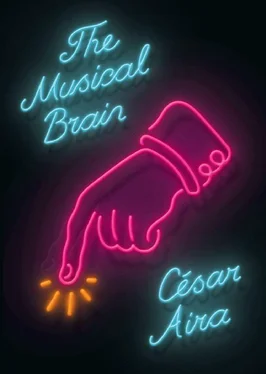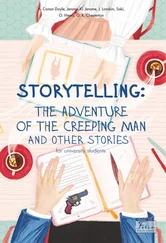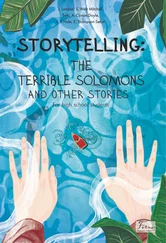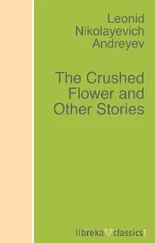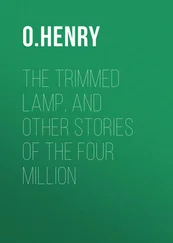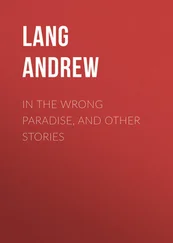Few individuals have inspired so much writing; everyone who came into contact with Picasso left a testimony, an anecdote, or a character sketch. One is almost bound to find a common trait. For example, I’ve read that he had a problem with action. He would see a piece of paper lying on the floor of his studio, and it would bother him, but he wouldn’t pick it up, and the piece of paper could lie there for months. Exactly the same thing happens to me. It’s like a tiny, incomprehensible taboo, a paralysis of the will, which keeps me from doing what I want to do, indefinitely. Picasso overcompensated for this with his frenetic production of art, as if by painting picture after picture he could make the piece of paper pick itself up.
Whatever the reason, there was no doubting the continuity of his production, through all his metamorphoses. Picasso was only Picasso insofar as he was a painter, so if I were Picasso, I could paint all the Picassos I liked, and sell them and get rich, and maybe (since the rich can do anything these days) stop being Picasso if I felt trapped in a life I wasn’t enjoying. That’s why I said that the gift of “being” included that of “having.”
Picasso once said: “I’d like to live in peace like a poor man, only with lots of money.” Setting aside the deluded belief that the poor have no problems, there’s something odd about the remark: he was rich already when he made it, very rich. But not as rich as he would be now, thirty years after his death, with the rise in the price of his paintings. Everyone knows that painters have to die, and therefore stop producing, for their work to become really valuable. So there is an economic gulf between “being Picasso” and “having a Picasso,” as there is between life and death. The remark about living in peace, leaving aside its facile ingenuity, could be applied to the situation in which the genie had placed me; it was a message from beyond the grave, sent in the knowledge that my dearest wish was for a truly peaceful life, without problems.
Given the current prices, and the relative modesty of my aspirations, a single painting would be enough to make me rich and allow me to live in peace, writing my novels, relaxing, and reading. . My mind was made up. I wanted a Picasso.
No sooner had the thought formed in my mind than the painting appeared on the table, without anyone noticing; by then, the people who had been occupying the neighboring tables had got up and walked away, and the others had their backs to me, as did the waitresses at the café. I held my breath, thinking: It’s mine.
It was splendid: a medium-size oil painting from the thirties. For a long time I gazed at it intently. At first glance it was a chaos of dislocated figures, a superposition of lines and wild but fundamentally harmonious colors. Then I became aware of the beautiful asymmetries that leaped out at the viewer, then hid, then reappeared elsewhere, then concealed themselves again. The impasto and the brushwork (it had been painted alla prima ) were a masterful demonstration of the assurance that can only be achieved by un-self-conscious virtuosity.
But the painting’s formal qualities were merely an invitation to explore its narrative content, which began to reveal itself little by little, like the meaning of hieroglyphics. First there was a flower, a crimson rose, emerging from the multiple Cubist planes of its petals; facing it, like a mirror image, was a jasmine in virginal whites, painted in Renaissance style, except for the right-angled spirals of its tendrils. In a collision of figure and ground, typical of Picasso, the space between was filled with little snail-men and goat-men, wearing plumed hats, doublets and breeches, or armor, or a fool’s cap and bells; there were nude figures too, dwarf-like and bearded. Over this court scene presided a figure who must have been the queen, to judge by her crown: a monstrous broken-down queen, like a damaged toy. Rarely had the distortion of the female body, one of Picasso’s trademarks, been taken to such an extreme. Legs and arms stuck out of her any old how, her navel and her nose were chasing each other across her back, the windmill of her torso was inlaid with the multicolored satins of her dress, and one foot, encased in a big high-heeled shoe, shot up skyward. .
Suddenly the plot revealed itself to me. I was looking at an illustration of a traditional Spanish fable, or rather a joke, and a joke of the most primitive and puerile variety; it must have come back to Picasso from his early childhood. The joke is about a lame queen, who’s unaware of her handicap, and whose subjects don’t dare tell her about it. The Minister of the Interior finally comes up with a strategy for tactfully letting her know. He organizes a floral competition, in which all the kingdom’s gardeners compete with their finest specimens. A jury of experts narrows the field down to two finalists: a rose and a jasmine. The final decision, the choice of the winning flower, is up to the queen. In a grand ceremony, with the whole court in attendance, the Minister places the two flowers before the throne, and, addressing his sovereign in a clear, loud voice, says: “ Su Majestad, escoja ,” which means “Your Majesty, choose,” but also, if the last word is broken up, “Your majesty is lame.”
The tale’s humorous tone was translated visually by the multicolored tangle of gaping courtiers, by the stocky minister raising his index finger (which was bigger than the rest of him), and above all, by the queen, composed of so many intersecting planes she seemed to have been extracted from a pack of cards folded a hundred times over, refuting the proven truth that nine is the maximum number of times a piece of paper can be folded in half.
The fable had some intriguing features, which gave Picasso’s decision to turn it into an image further layers of significance. First, the fact that the protagonist was lame and didn’t know it. It’s possible to be unaware of many things about oneself (for example, to take the case at hand, the fact that one is a genius), but it’s hard to imagine how this could extend to an obvious physical defect like lameness. Perhaps the explanation lay in the protagonist’s regal condition, her status as the One and Only, which prevented her from judging herself by normal physical standards.
The One and Only, as there had been only one Picasso. There was something autobiographical about the painting and about the idea of basing it on a childish joke that he must have heard from his parents or his schoolmates, and even about the implicit use of his mother tongue, without which the joke wasn’t funny and made no sense. The picture dated from a time when Picasso had been in France for thirty years and had completely adapted to the language and the culture; it was curious, to say the least, that he had resorted to Spanish to provide the key to a work that was otherwise incomprehensible. Perhaps the Spanish Civil War had renewed a patriotic streak in him, and this painting was a kind of secret homage to his homeland, torn apart by the conflict. Perhaps, and this need not exclude the previous hypothesis, the root of the work was a childhood memory, which had lived on as a debt to be repaid when his art had acquired a sufficient degree of power and freedom. By the thirties, after all, Picasso had been recognized as the pre-eminent painter of asymmetrical women: complicating the reading of an image by introducing a linguistic detour was just another means of distortion, and in order to underline the importance that he attached to this procedure, he had chosen to apply it to a queen.
There was a third hypothesis, on a different level from the first two, which took the painting’s supernatural origins into account. Up until then, no one had known that it existed; its enigma, its secret had remained intact until it materialized before me, a Spanish speaker, an Argentine writer devoted to Duchamp and Roussel.
Читать дальше
